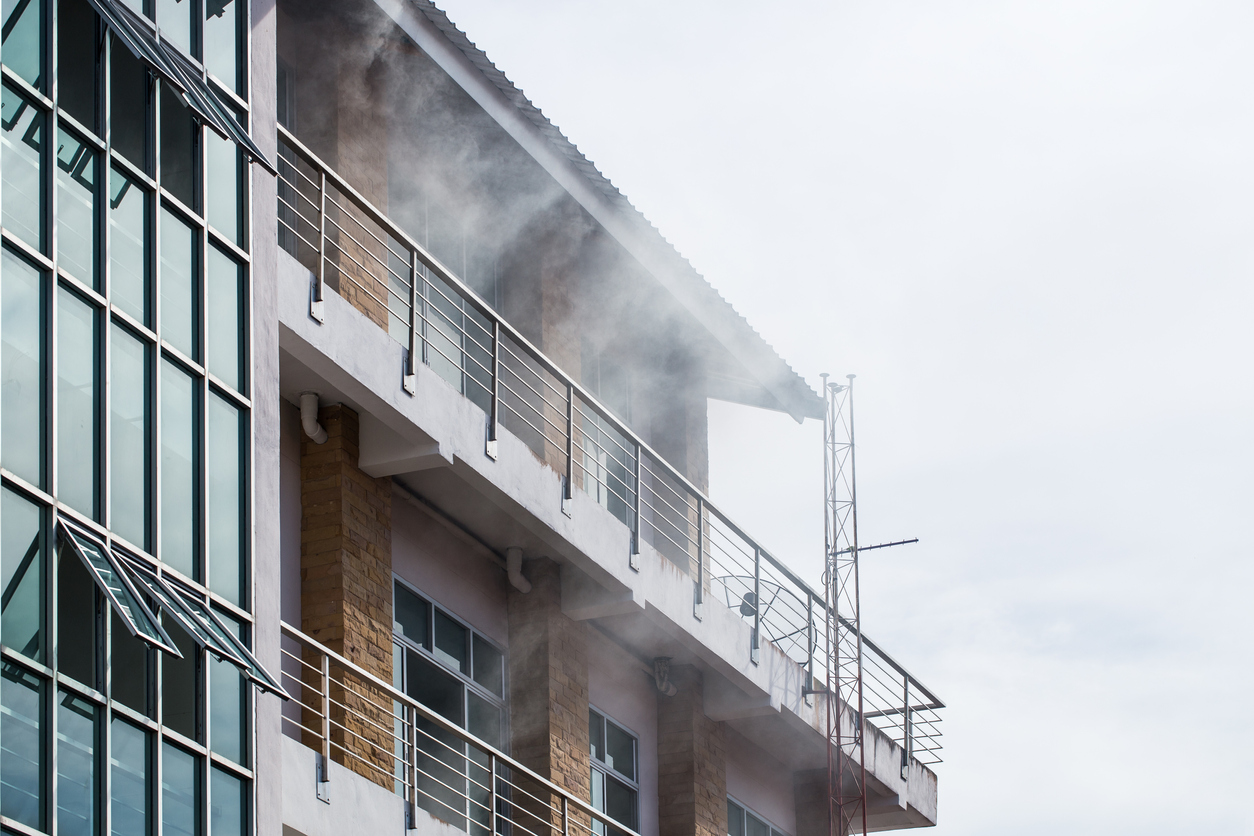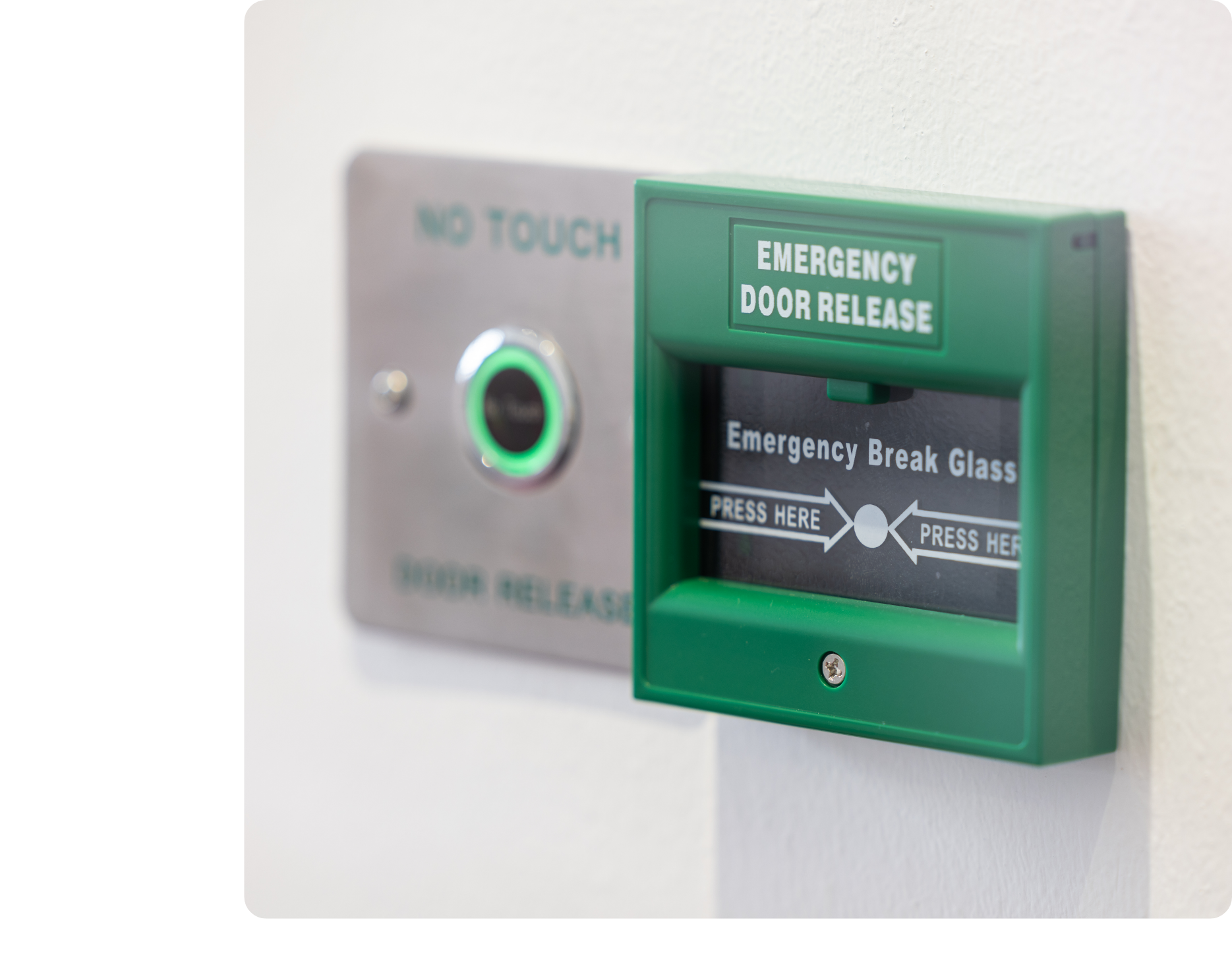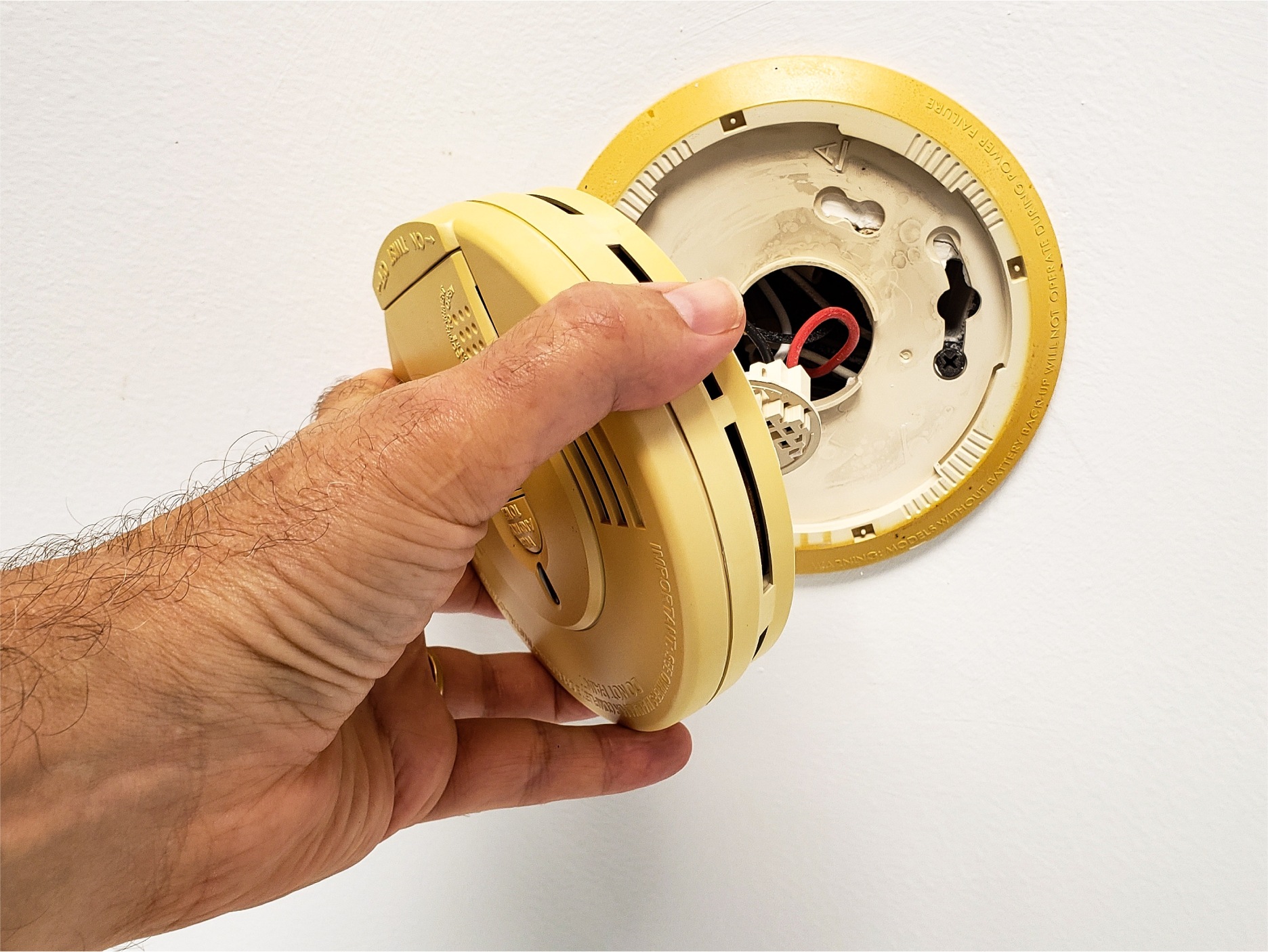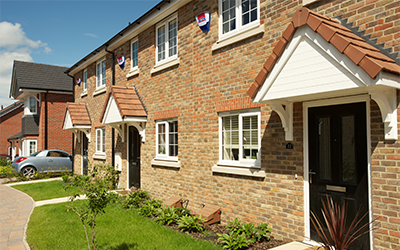Fire safety is one of the most critical considerations in any home or business. As incidents of fires remain a real threat to life and property, it is essential to prepare for the unexpected. One of the most effective ways to stay protected is by creating a comprehensive fire escape plan and integrating it with advanced technology, such as wireless smoke detectors. These devices offer enhanced fire detection capabilities and play a key role in ensuring the safety of all occupants.
In this article, we will guide you through the steps to create a robust fire escape plan and demonstrate how wireless smoke detectors, such as those featuring photoelectric sensors and built-in heat detectors, can significantly improve your fire safety measures.
Understanding the importance of a fire escape plan
A fire escape plan is a vital part of home or workplace safety. It is designed to provide clear instructions on how to evacuate quickly and efficiently in the event of a fire or smoke emergency. Without a structured plan in place, panic can easily set in, leading to confusion and potential danger. A well-thought-out escape route ensures that everyone knows exactly what to do, where to go, and how to act when the alarm sounds.
The key to a successful fire escape plan lies in preparation. Every family member or employee should be familiar with the plan and the locations of exits. It’s equally important to regularly practice the evacuation procedures, so they become second nature in an emergency.
The role of wireless smoke detectors in fire safety
Wireless smoke detectors play a crucial role in modern fire safety systems. Unlike traditional wired detectors, wireless models are designed for easy installation and flexibility. They can be strategically placed throughout the building without the need for extensive wiring. This makes them particularly useful in both residential and commercial properties where hardwiring might not be feasible or desirable.
One of the standout features of our SECOM wireless smoke detector is their ability to detect both smoke and heat. By combining photoelectric smoke detection with a heat sensor that reacts to temperatures exceeding 57°C, these detectors provide an early warning of a fire, allowing individuals to take immediate action.
The integrated siren, which emits an 85dB sound, ensures that those within the vicinity are alerted, even in noisy environments. Furthermore, the SECOM wireless smoke detector offers flashing LED lights that act as a visual cue for anyone who may have difficulty hearing the alarm. Once activated, the smoke detector sends an encrypted message to the control panel, which triggers a siren and notifies keyholders and monitoring centres, providing round-the-clock support.
Steps to create an effective fire escape plan
1. Assess your space
Start by evaluating your home or workplace to identify all possible exits. Look for doors, windows, or any other routes that can be used to leave the building in case of fire. Make sure these routes are clear of obstacles and can be accessed quickly and easily.
The goal is to ensure that there are multiple ways out, especially in larger or multi-storey buildings. In some cases, escape ladders may be necessary for upper floors. Pay attention to any areas that might become blocked or difficult to access in the event of smoke or fire.
2. Install wireless smoke detectors in key locations
Once you’ve assessed your space, it’s time to install your wireless smoke detectors. Focus on placing them in areas where fires are most likely to start, such as kitchens, hallways, and utility rooms. However, do not forget to install them in every bedroom and sleeping area, as these are critical places where early detection can save lives.
Wireless smoke detectors have the advantage of being easily repositioned, which means you can fine-tune their placement over time. Their ability to detect heat as well as smoke allows them to provide a comprehensive level of protection.
3. Create and mark clear escape routes
Your fire escape plan should include clearly marked routes to exit the building safely. Avoid any complex or hidden paths. If possible, use emergency exit signs or arrows that lead people towards safety. Ensure that these routes are free of clutter and easily navigable, even in the dark or in smoky conditions.
If your space has multiple storeys, be sure to include secondary escape routes such as stairwells or fire escapes. Remember to plan for anyone with mobility issues, ensuring that they can easily reach a safe exit.
4. Assign roles and responsibilities
For larger families or workplaces, assigning specific roles during an emergency can be extremely helpful. Designate individuals to check each room and ensure everyone is accounted for. If necessary, have one person assigned to call emergency services while others focus on evacuating.
Wireless smoke detectors can help with this by providing notifications directly to your smartphone or control panel. In a workplace, the integration of these alerts with a central security system allows management to quickly assess the situation and react accordingly.
5. Conduct regular drills
The key to any successful fire escape plan is practice. Conduct regular drills with everyone involved, especially children or employees who may be unfamiliar with the procedure. This ensures that people are comfortable and know exactly what to do when the alarm sounds.
Wireless smoke detectors will be essential during these drills. Test them frequently to make sure they are functioning properly, and check that the alarms are loud enough to be heard throughout the building.
6. Update the plan as needed
Your fire escape plan should not remain static. As circumstances change, such as adding new furniture or renovating a room, revisit your plan to ensure it is still valid. Keep your smoke detectors in good working order, replacing batteries as needed and ensuring they are not obstructed by furniture or other items.
Protect what matters most
Creating a fire escape plan that works involves more than just drafting a list of steps — it requires careful consideration of your space, the placement of devices like wireless smoke detectors, and regular practice to ensure everyone knows how to respond. With the added advantages of early detection, visual and auditory alerts, and round-the-clock monitoring, wireless smoke detectors provide a level of safety that traditional systems simply cannot match.
By taking the time to plan, install, and practise your fire escape strategy, you can help protect what matters most — your loved ones and your property.







